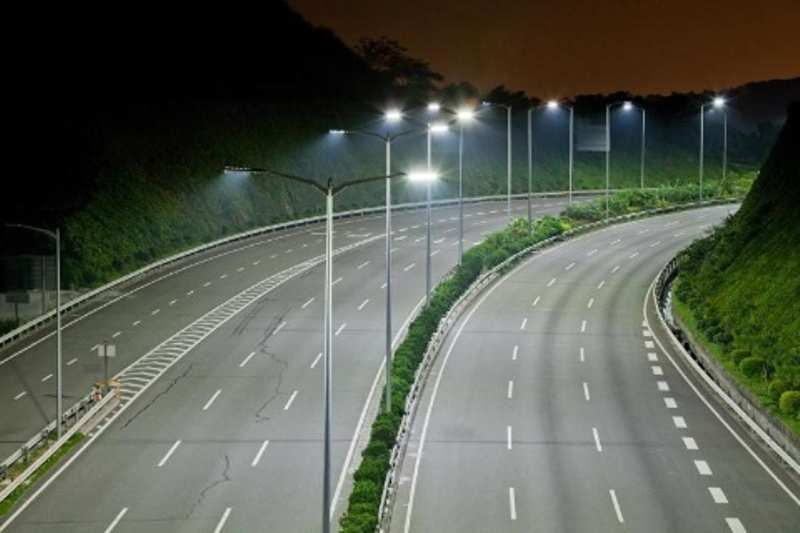
Whenever NDA govt has been at the centre, roadways in India have worn the biggest smile. Pradhan Mantri Gram Sadak Yojana that was a major hit during Atal Bihari Vajpayee’s reign has found a revamped blue print in Sethu Bharatam, Rashtriya Rajmarg Zila Sanjoyukta Pariyojana and Backward Area Highways schemes, thanks to
As per a news report in The Economic Times, the idea is to create an extensive network of seamless, high-quality highways that would speed up movement of goods and ease passenger traffic. Sethu Bharatam has been conceived to provide such connectivity along national highways with the construction of 150 railway over-bridges and 204 level crossings in one year. Several highway projects have been stalled because such bridges haven't been completed.
We have already started DPRs (detailed project reports) of these projects,"
Chibber confirmed that the cabinet notes would be moved this week. Experts said the projects could change the connectivity landscape of the country.
The government has also drawn up a plan for a 2,000 km project to connect underdeveloped areas in states such as Uttar Pradesh,
Like the Golden Quadrilateral, a separate religious circuit is being planned to improve the connectivity of areas considered sacred to boost tourism. Religious centres such as Nanded and Katra are among those that will be connected by national highways as part of the 2,000 km project. The road transport and tourism ministries have prepared a coordinated action plan toward this end, says the ET report.
The road ministry was allocated
The govt has also planned to build 30 km of highway per day by 2016-17. In the last one year, the government has managed to achieve an average target of 11 km per day after awarding 7,972 km of roads in FY15.
(Image: Reuters)
